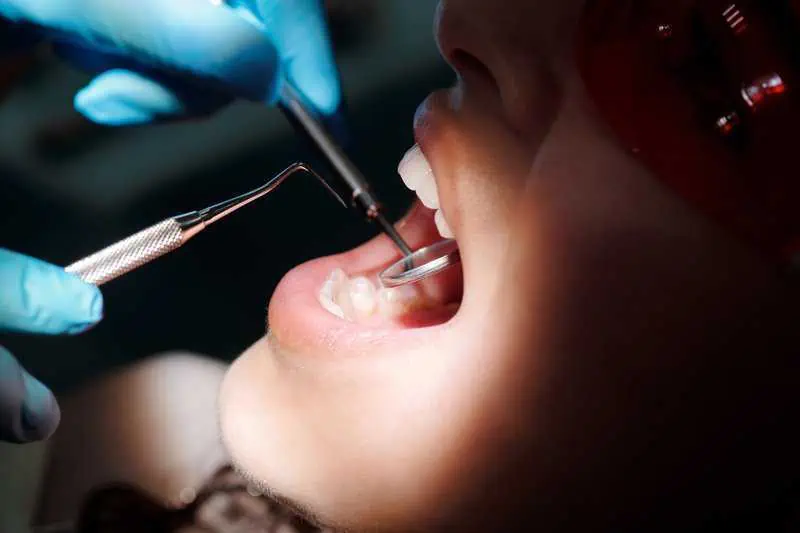
When you visit your dentist in Chapel Hill for a routine checkup, you might wonder why they diligently measure and probe your gum pockets. It may seem like an uncomfortable and mysterious process, but understanding the importance of these measurements can shed light on the crucial role they play in maintaining your oral health.
What are Gum Pockets?
Firstly, let’s talk about the term “gum pockets.” These are the spaces or crevices between your teeth and gums. Healthy gums typically fit snugly around the teeth, forming shallow pockets. However, when there’s inflammation or gum disease, these pockets can deepen, providing a breeding ground for bacteria.
Measuring Gum Pockets
During checkups, dentists will use a small tool called a periodontal probe to measure your gum pockets. This tiny instrument is gently inserted between the tooth and the gum, providing precise measurements in millimeters. The process may be minorly uncomfortable, but it’s an invaluable tool in assessing your oral health.
Why Do Dentists Measure Gum Pockets?
One of the primary reasons your dentist in Chapel Hill will measure your gum pockets is to evaluate the health of your gums and identify signs of periodontal disease. Periodontal disease, commonly known as gum disease, is a bacterial infection that affects the supporting structures of the teeth, including the gums and bone. By measuring the depth of the gum pockets, your dentist can determine if there’s any abnormal enlargement, indicating potential gum disease.
The depth of the pockets is indicative of the degree of inflammation and, consequently, the severity of gum disease.
Monitoring changes in pocket depth over time helps your dentist track the progression of the disease and tailor a treatment plan accordingly.
Beyond diagnosing gum disease, measuring gum pockets is crucial for assessing the risk of other oral health issues. Deep pockets can lead to the accumulation of plaque and tartar, providing a hiding place for harmful bacteria. If left untreated, these bacteria can cause infection, leading to the destruction of the supporting structures of the teeth. Regular measurements allow your dentist to catch potential issues early on and intervene before they escalate.
Another critical aspect of measuring gum pockets is to evaluate the success of any ongoing periodontal treatments. If you’ve undergone treatments for gum disease, your dentist will monitor the response by measuring pocket depths. Improvements in pocket depth indicate that the treatment is effective, while increased depths may suggest a need for adjustments in the treatment plan.
Apart from measuring, your dentist may also gently probe the gums to check for bleeding. Bleeding during probing is a sign of inflammation and may indicate the presence of gingivitis, the early stage of gum disease. Identifying these signs early allows for prompt intervention and the implementation of preventive measures to halt the progression of the disease.
Basically, the process of measuring and probing your gum pockets during a dental checkup serves as a preventive and diagnostic tool. It enables your dentist to assess the health of your gums, detect early signs of periodontal disease, and tailor a personalized treatment plan to ensure the longevity of your smile.
So, the next time you’re in the dentist’s chair and the periodontal probe makes its appearance, remember that this routine measurement is not just a minor discomfort – it’s a proactive step in safeguarding your oral health and preserving your radiant smile for years to come.